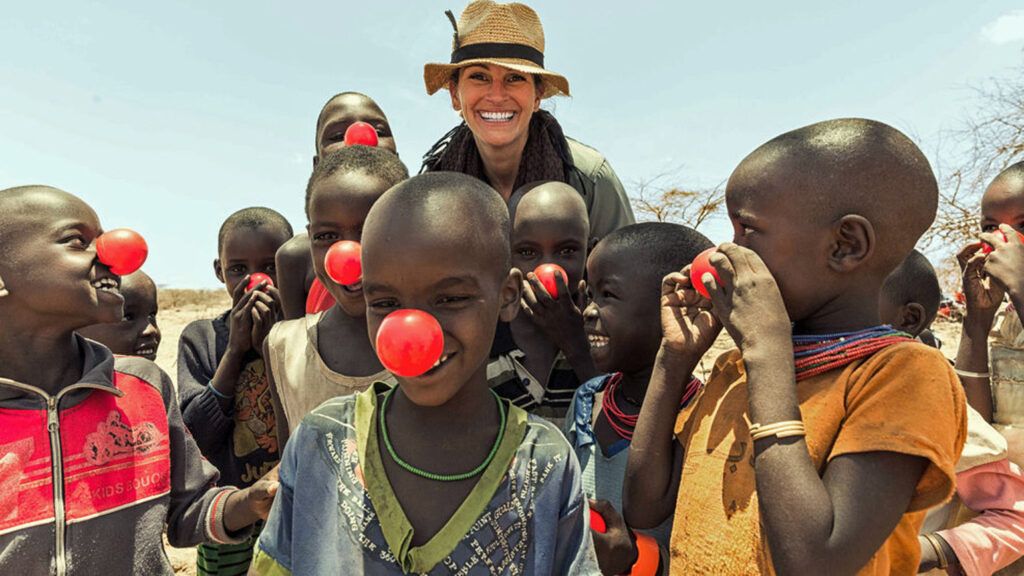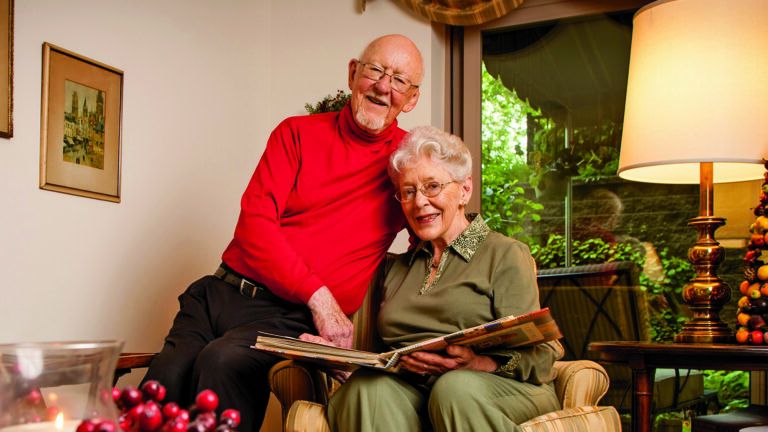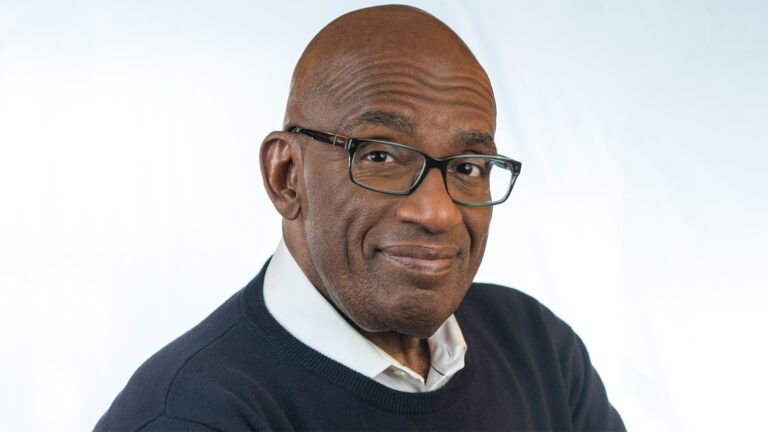Non-profit charity Comic Relief is working to end child poverty “one nose at a time.”
This Thursday is Comic Relief’s annual Red Nose Day, a day where celebrities don red clown noses and perform comedic skits while also raising funds and awareness for organizations battling child poverty. NBC will be airing celebrity specials of some of their beloved programs, like American Ninja Warrior and Running Wild with Bear Grylls with a special Red Nose Day theme and Talking Dead host Chris Hardwick will be narrating a TV special later in the night that features comedy skits with the likes of Ben Affleck and Matt Lauer, while also showcasing footage of nonprofits helping kids in need.
Every day people join in by buying red clown noses from Walgreens, the profits from which go to Comic Relief’s child poverty eradication efforts.
Helmed by founder Richard Curtis – the comedy screenwriter and director responsible for movies like Notting Hill and Love Actually – Comic Relief has raised over $1 billion globally to help end child poverty since it began Red Nose Day in the UK in 1988. Through the funds raised on Red Nose Day, Comic Relief provides grants to programs in desperate need of funds. The organization’s vice president of grants and philanthropy Rick Scott tells Guideposts.org that they give grants to organizations based on three ideals:
“All kids should be safe, healthy, and educated,” Scott says. “So in our grant making, we look at those three buckets and ask, ‘Okay, what does it take for a kid to be safe? Some of the work we do with Boys and Girls Club for example is providing a safe space after school so that kids who can’t go home because their parents are working have a place to go so that they’re not on the streets.”
They also give to charities who focus on micro-level impact for children.
“Children’s Health Fund, one of the big things they do is work with children that are homeless or families living in very poor situations where the kids are not doing well in school,” Scott says. “Sometimes, it’s as simple as they’ve never been to the eye doctor. So they do an eye test and they suddenly realize they need glasses and that has an impact on their education. Sometimes it’s those very small interventions that end up making a big difference in how that child is going to fare going forward. The only way you can look at something as big as child poverty is to break it down into those individual stories.”
He’s seen the benefits of that targeted donation approach first hand. Scott went to a conference recently where he met with some Native American youth involved with Boys and Girls Club.
“They were like, ‘Oh, you’re from Red Nose?” And I said, ‘Yes.’ And they said, ‘Thank you. You saved our club.’ Somebody just buying a nose meant that a kid had their club stay open,” Scott says. “It’s those kinds of stories we look for.”
Through the comedy sketches that will be performed on NBC Thursday, Scott says, “We’re trying to shine light on a serious issue but we’re doing it through humor. We just want you to watch,” he says. “If you do nothing but watch, there will be messaging in that entertainment that tells you where the money’s going to go.”
Involving famous faces like Julia Roberts, a star of one of Curtis’s most famous films, increases awareness, but Scott’s approach is to educate celebrities on the cause and get them emotionally invested in the work. On Thursday’s episode of Bear Grylls, Roberts travels with Grylls to Nairobi, Kenya to witness how a vaccine is delivered to a hospital full of children who need it, highlighting how funds from Comic Relief’s efforts are benefiting children around the world.
“One of the reasons Julia agreed to be in [Kenya] for five days, following the chain of delivering a vaccine,” Scott says, “was because last year, she went to visit a project in Arizona and saw the work over here. We want to develop talent that understand why they’re doing this,” he says.
Scott hopes Red Nose Day can raise enough money to make a dent in the need when it comes to fighting child poverty, but he also says that money isn’t the only answer. For people looking to get involved the other 364 days of the year, volunteering and advocating for these kids who need help is the most important thing.
“We have a very small moment in the year when we’re here, but you can make a difference in child poverty by just raising awareness and advocacy.”




